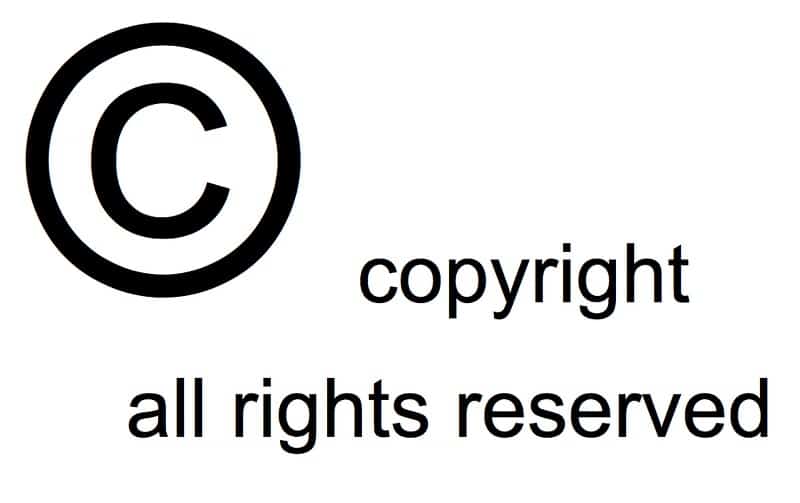
Intermediaries such as social-media platforms form an integral part of the consumer-internet ecosystem, and are the primary conduits for distributing and monetising content digitally. A legal ‘clinic’ in the form of a technical workshop at FICCI Frames 2019 evaluated the regulation of intermediaries in India, under the proposed amendment of the ‘Intermediary Guidelines’ under the Information Technology (IT) Act, 2000.
Definitions Remain Problematic
The IT Act defines intermediaries broadly, clubbing the distinct services of cloud and hosting services, content services, and network service providers (such as internet and telecom service providers) under the same regime. The safe harbour under Section 79 of the Act applies identically to all such ‘intermediaries’, where they are only liable to take down unlawful content if they have actual knowledge of such content on their services.
As Patrick Charnley of International Federation of the Phonographic Industry (IFPI) explained, there is currently no distinction in Indian law between active and passive intermediaries. In Europe however, differentiated obligations exist for active intermediaries such as content platforms like Youtube, and passive intermediaries such as cloud and content hosting service providers that have little say in content distribution. In the absence of accurate definitions, intermediary responsibility may be difficult to assign in an effective manner.
Evaluating Continuous Monitoring Obligations for Intermediaries
Gowree Gokhale, Senior Partner at Nishith Desai Associates, explained that prior decisions of the court on intermediary liability for trademark infringement (Kent RO judgment) have clarified that continuous monitoring for infringing content is not envisioned under the law. However, concerns over fake news, national security and copyright infringement have compelled regulators to revisit the limited monitoring obligations of intermediaries. The current proposal for amending the Intermediary Guidelines thus inserts an obligation on intermediaries to engage in technological solutions for actively monitoring content. In the broader context of intellectual property enforcement, Mr. Charnley highlighted that a ‘notice and takedown’ regime is not effective, because it incentivises digital platforms not to act in the absence of ‘actual knowledge’. Instead, the concept of a ‘notice and staydown’ regime works better to ensure the active engagement of content platforms, to keep infringing content from being hosted and distributed through their services.
While EU copyright reforms, specifically, provisions linked to content-upload filters, seek to mitigate infringement of copyrighted content, the Indian parallel under the proposed amendment creates identical obligations for monitoring all types of content. Rajendra Kumar of K&S Partners, clarified that content recognition technologies (or upload filters) which do have the capability of detecting licensed content, cannot yet identify defamatory content (or fake-news). Concomitantly, differentiated responses may need to be carved out for addressing the range of specific enforcement challenges related to proliferation of different types of online content.